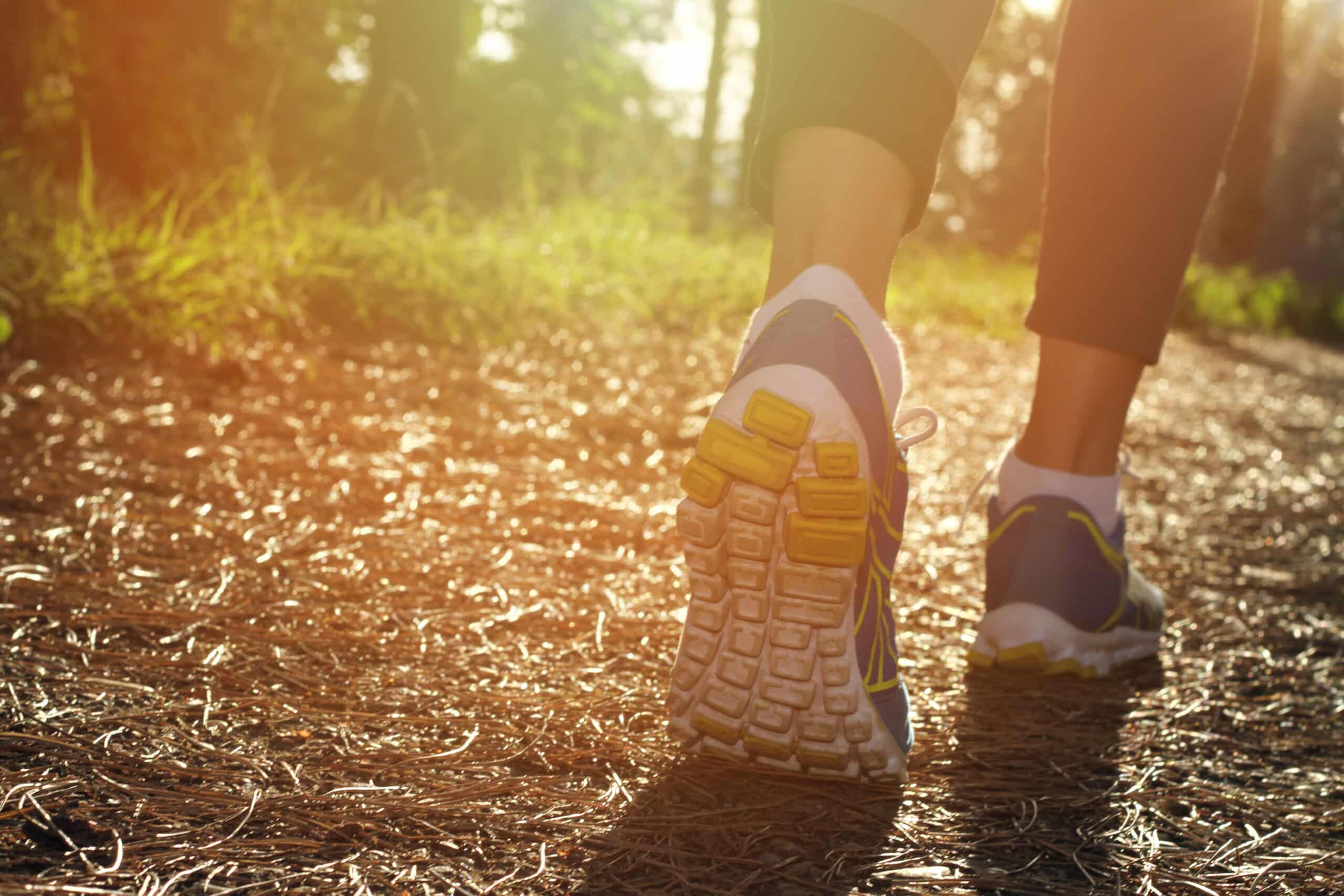During a meditation walk typically one will walk in a circle, back and forth in a straight line, or in a labyrinth, but it is possible to do this over a long distance. The pace is slow and can vary depending on techniques which includes kinhin, theravada, and vipassana. Each technique can be as detailed as breaking down each step into six parts or mindfulling strolling a space while incorporating your breathing or a mantra.
This technique is often used by those who sit for long periods of time as it helps to get blood flowing, especially in the legs, and it helps to alleviate feelings of stagnancy or sluggishness while promoting better balance, as well as ankle awareness and coordination.
Meditation walks can also help after eating to boost digestion especially if you are feeling very full as movement helps to move food through the digestive tract, and it may help to prevent constipation.
Meditation walks are a great way to help lower stress levels and symptoms of depression, additionally it may be helpful before and after a workout. Meditation walks may have a positive effect on blood sugar levels and circulation in those with type 2 diabetes.
When done in nature such as in a park, garden or places with trees meditation walks may help to enhance an overall feeling of well being and promote feeling more balanced and relaxed. It also increases the amount of exercise you get, which may help to improve health, flexibility, and reduce muscle tension to help you feel better physically in addition to reducing feelings of stress and anxiety which can promote better sleep.
Incorporating mindfulness techniques into a fitness routine can make exercise more enjoyable, which promotes the likelihood that it may inspire connecting to exercise in a different way and continuing to carry on with the practice. This technique may also bring you more focus and clarity to thought patterns which can also stimulate creativity, problem solving skills, and the cultivation of new ideas.
While it can take time to cultivate staying mindful of each moment, it is worth the effort. As often as you can bring your mind away from your wandering thoughts to the present moment. Try to focus on the smells and sounds that are around you, your breath, and any bodily sensations. Try to tune into your thoughts and observe them as they change. This practice can vary as you’re walking from a destination or at different speeds, and can be used along with seated meditation. For instance you can try a 5-10 minute session of seated meditation followed by a session of mediation walking or vice versa.
When our mind is rushing we tend to also move more quickly, try to slow down the pace even if only for a few moments when you are short on time. You can even discuss your experience with a therapist, friend, or teacher to develop insights on your progression and develop goals. It may even be helpful to use a journal of log to reflect on your experience or progression and/or goals.




